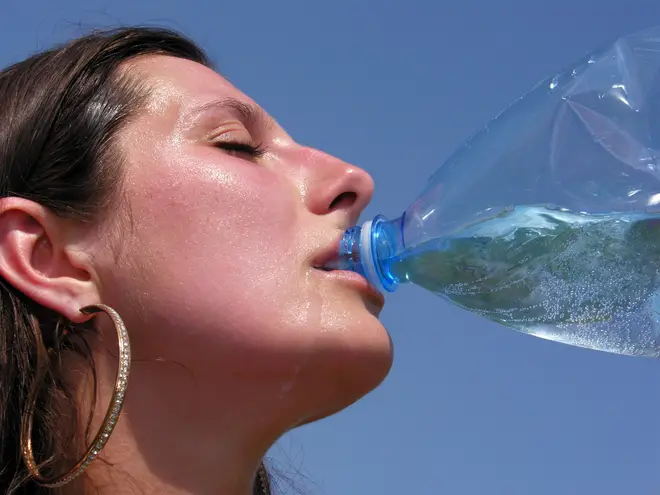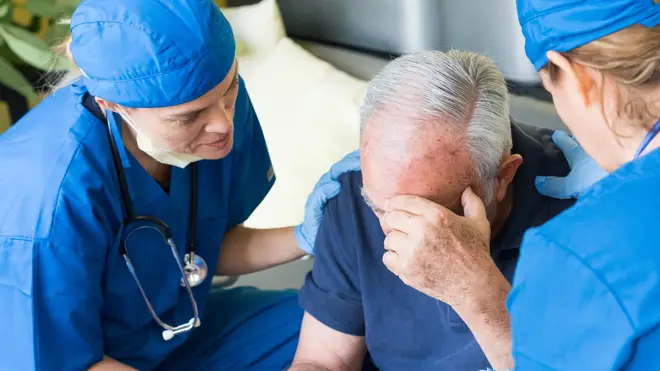On Air Now
Early Breakfast with Lindsey Russell 4am - 6:30am
25 July 2019, 15:02

As temperatures reach the high 30s in the UK, heat exhaustion and heatstroke are likely to effect many people.
The UK is sizzling this week as temperatures reach unbearable highs.
People are being encouraged to stay out of the sun and drink plenty of water in order to avoid heat exhaustion and heatstroke.
Ways you can avoid getting ill in the sun you should drink plenty of water, wear light clothes and avoid extreme exercise.
However, if you or someone you know is suffering and you are worried, here’s everything you need to know about heat exhaustion and heatstroke.

Heat exhaustion is when someone suffers from fatigue or collapses due to long exposure to the sun.
It can also be caused by unaccustomed heat.
The symptoms of heat exhaustion include headache, dizziness, confusion, loss of appetite, feeling sick, paleness, clammy skin, cramps in arms, legs and stomach.
You may also experience a fast pulse and breathing, a high temperature and feeling abnormally thirsty.

If you or someone you know has heat exhaustion, you must cool yourself or them down.
To do this, the NHS suggest you follow four steps.
Firstly, move yourself to a cool place, then lay down and raise your feet slightly.
Drink plenty of water as well as cool your skin with sprays or sponges.
You can also use fans and cold packs.

If you have heatstroke, the symptoms will be far worse and will require calling 999.
You should call 999 if nothing changes in 30 minutes of trying to cool down, if you feel hot and dry, if you are not sweating even though you are hot, if your temperature is above 40 degrees or above and if you have shortness of breath.
Also lookout for confusion, fits and seizures and loss of consciousness.
If you call 999 and are waiting for help, you should put yourself, or the person with heatstroke, into the recovery position.